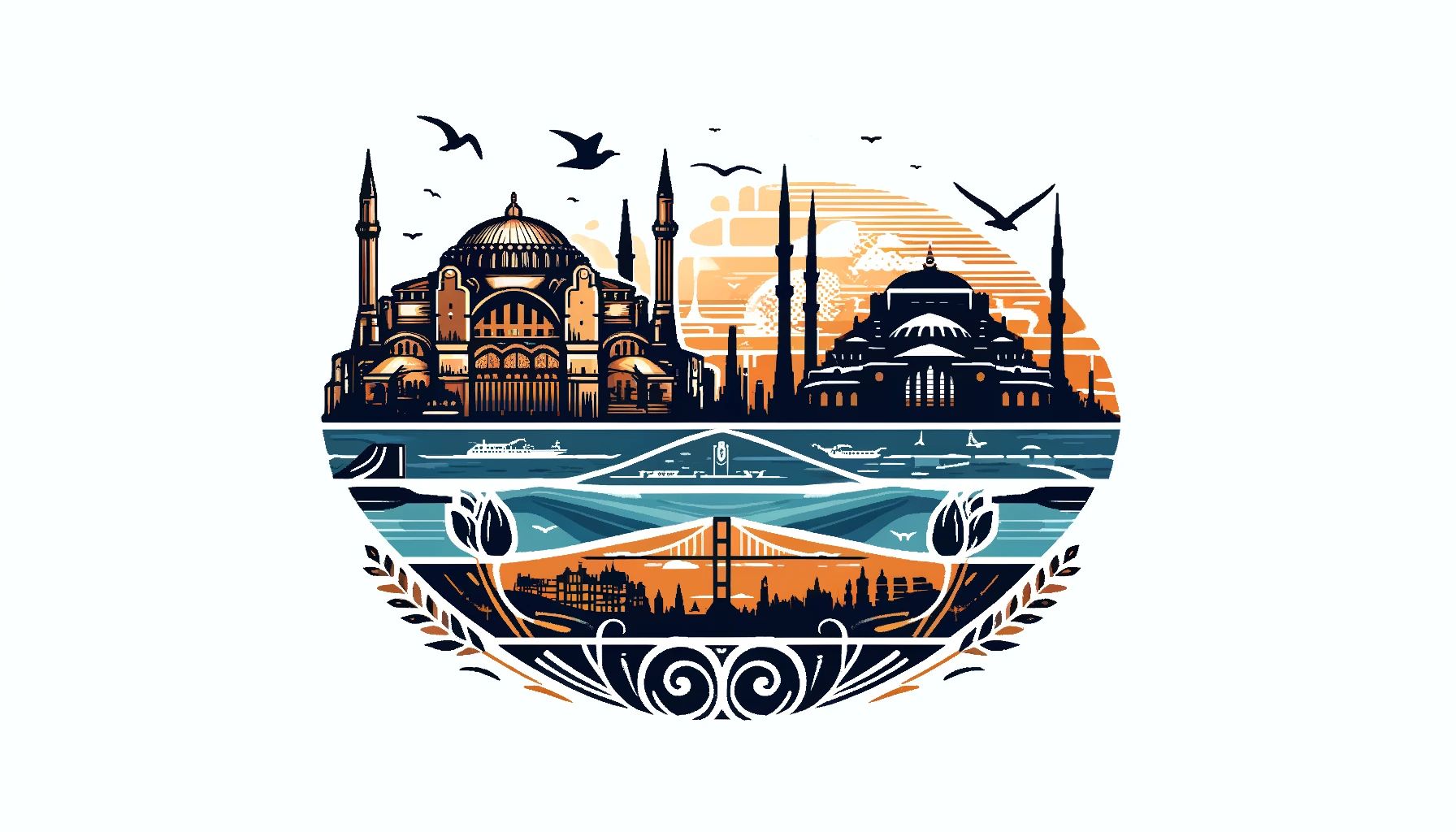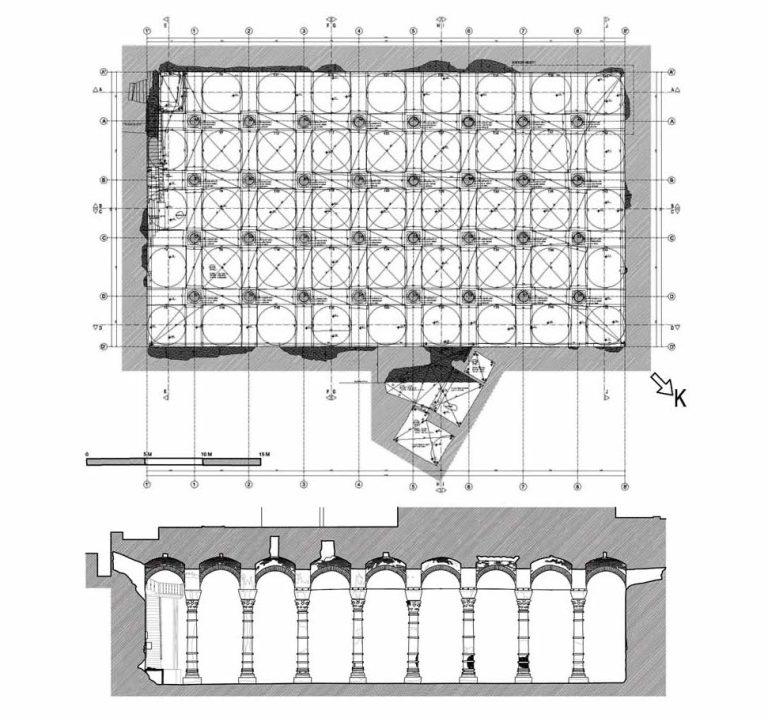
The Theodosius Cistern was built to provide water to Constantinople and its important buildings.
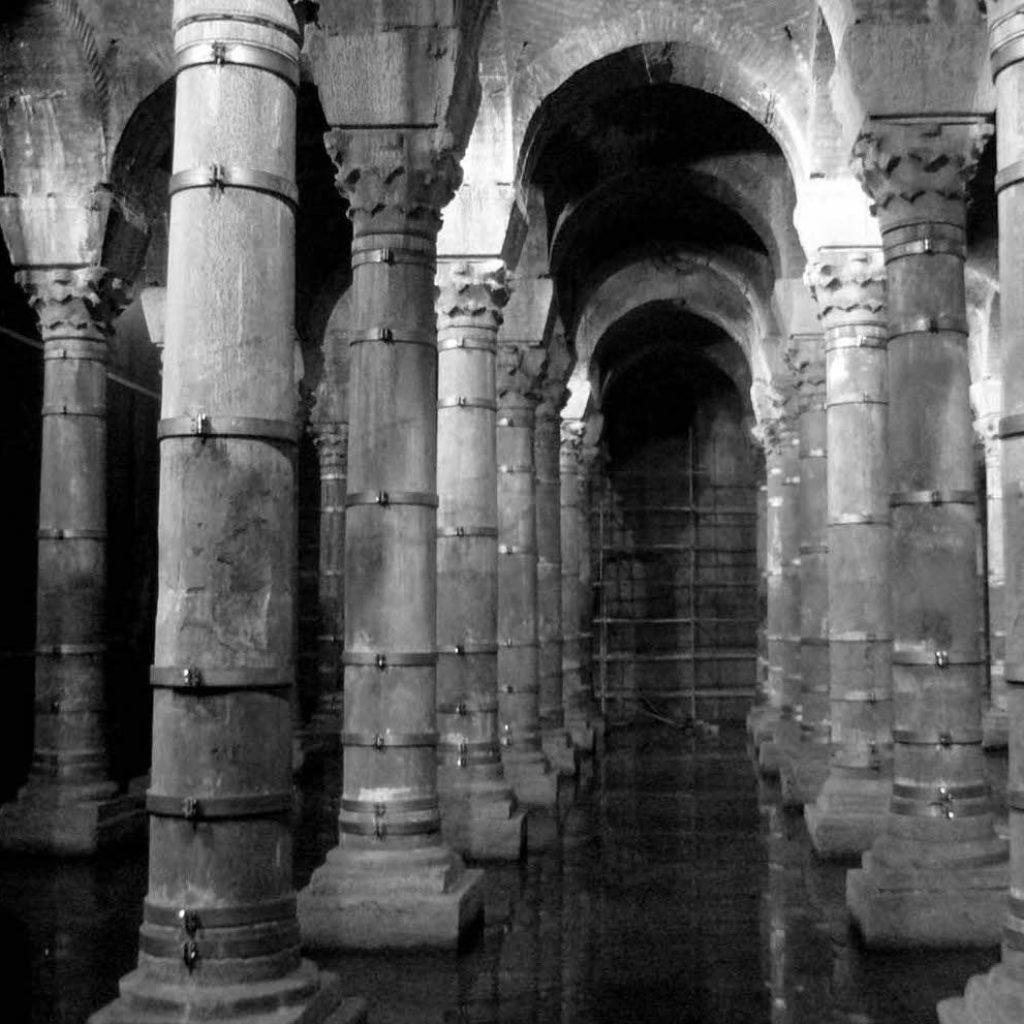
The cistern continued to supply water during the Ottoman period, helping various parts of the city.
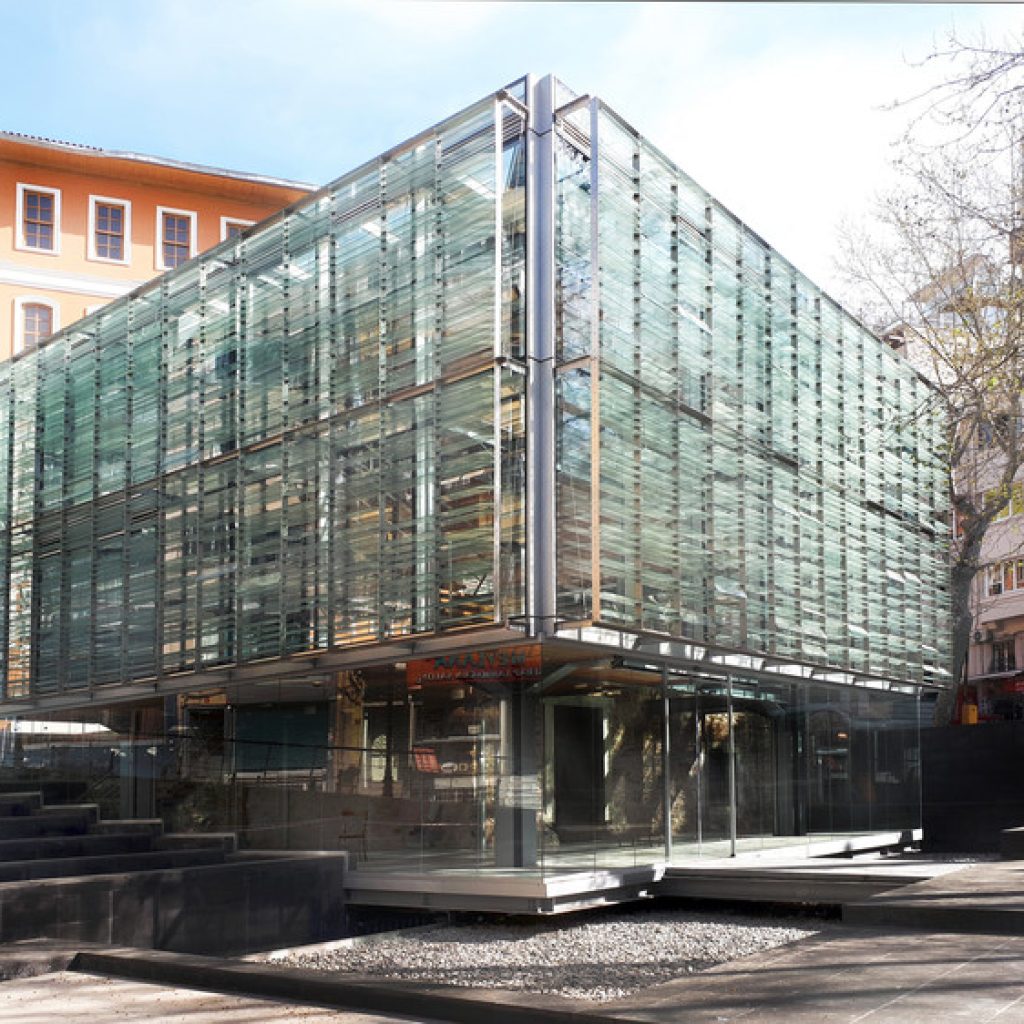
The Theodosius Cistern was rediscovered in 2010 during building demolition and was restored to keep its historical structure.
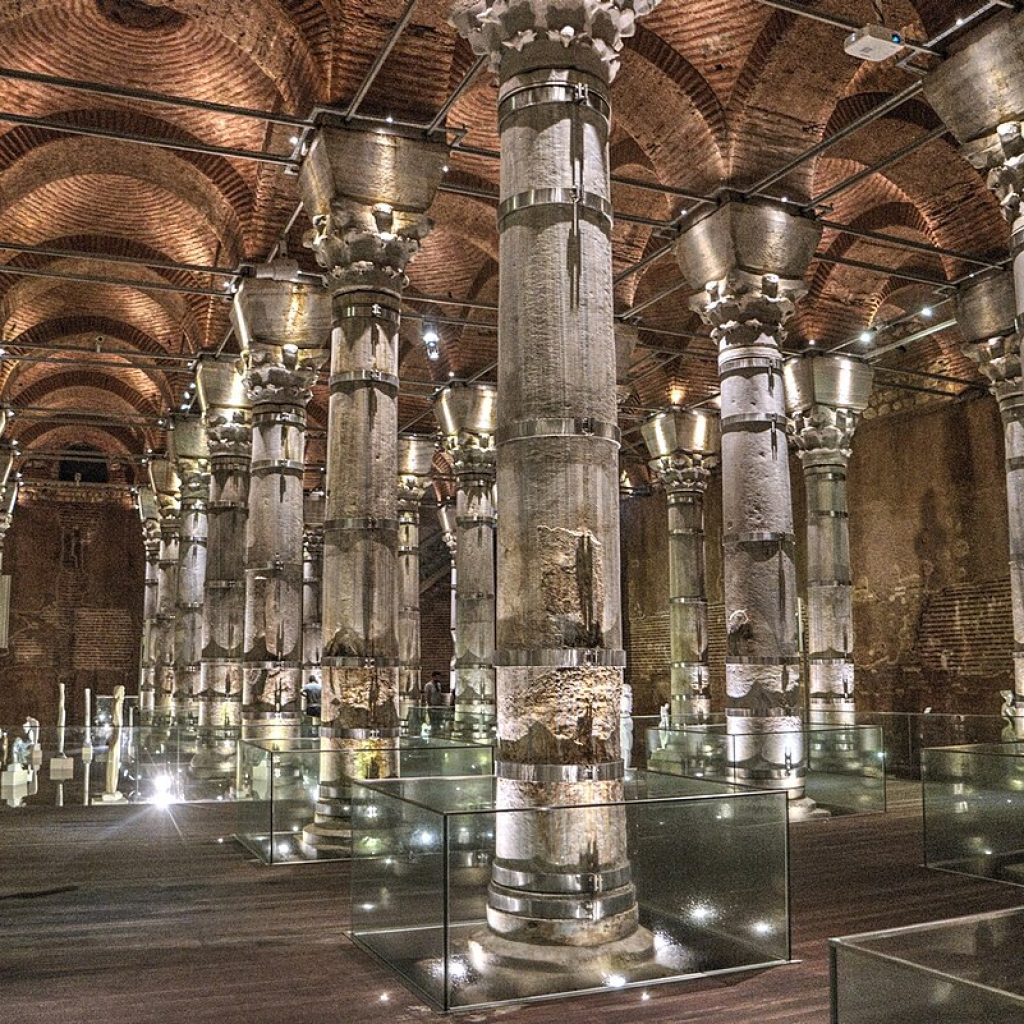
After more restoration, the Theodosius Cistern opened to the public as a museum, showing its historical importance and beautiful design.
Emperor Theodosius II built the Theodosius Cistern with 32 marble columns. It was a key water source for Constantinople and nearby buildings.
The cistern was important during dry periods and sieges, providing water to important places in the city. It was repaired to keep it working well.
In 2010, the Theodosius Cistern was found again during the demolition of the old Eminönü Town Hall. The Istanbul Metropolitan Municipality restored it and added walkways for visitors. In 2018, it opened as a museum and now hosts many cultural events.
The Theodosius Cistern covers about 1,125 square meters. It is 45 meters long and 25 meters wide. The cistern was designed to bring water from nearby sources to important places in the city.
Inside the cistern, there are 32 marble columns that support the ceiling. The walls and floors are made of bricks and sealed with special mortar to keep it waterproof.
The Theodosius Cistern was found again in 2010 during the demolition of the old Eminönü Town Hall. This discovery gave us important information about its past use and strong structure.
After being fixed up, the Theodosius Cistern opened to the public in 2018. It is now a cultural center, hosting shows, performances, and events run by the Istanbul Metropolitan Municipality.
The columns in the Theodosius Cistern are part of a legend. The origins and carvings on some columns are still unknown, with stories and myths making the place even more interesting.
The Theodosius Cistern was built by Roman Emperor Theodosius II between 428 and 443 AD. It was made to store water from the Valens Aqueduct. This water was then sent to places like the Nymphaeum, the Baths of Zeuxippus, and the Great Palace of Constantinople.
The Theodosius Cistern was built in the 5th century AD by Emperor Theodosius II.
Building the Theodosius Cistern took several years and involved many workers.
The Theodosius Cistern was built by workers under Emperor Theodosius II. It has 32 marble columns.
The Theodosius Cistern provided water to Constantinople during the Byzantine and Ottoman periods.
The Theodosius Cistern is known for its history and beautiful columns and arches. It’s a popular site for visitors interested in Byzantine history.
The Theodosius Cistern has a Byzantine style with brick walls, vaulted ceilings, and marble columns.
Tickets cost about 165 TL for local visitors and 715 TL for international visitors.
Yes, guided tours are available and provide detailed information about its history and design.
Yes, it is highly recommended for history lovers. It shows ancient engineering and offers a look into Byzantine and Ottoman history.
